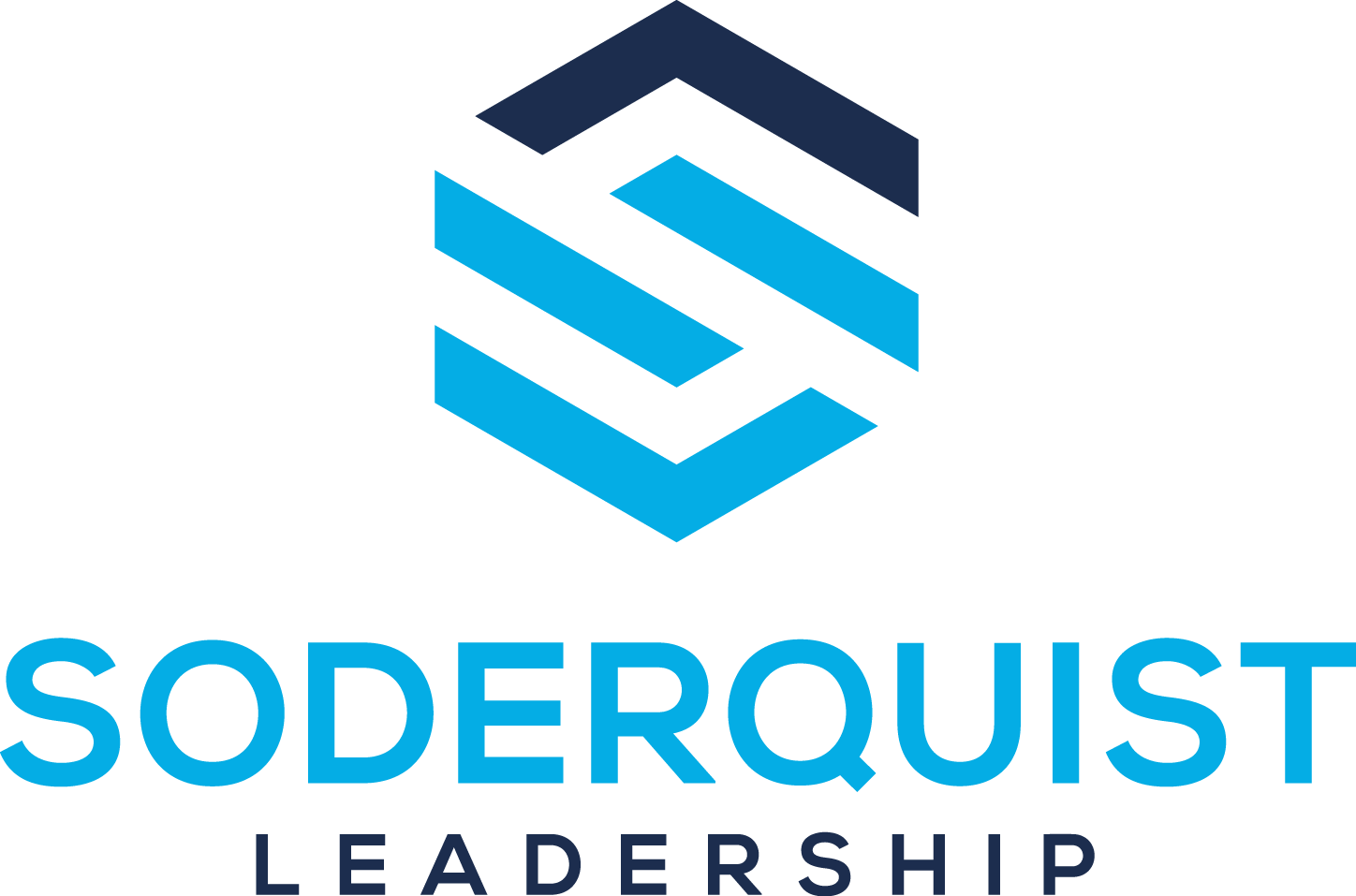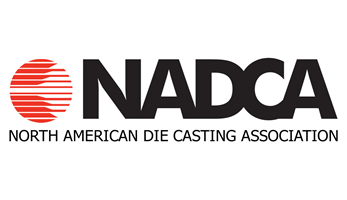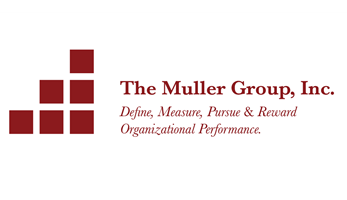-
 ACE Performance GroupACE Performance GroupEnhancing performance with strategic HR solutions™
ACE Performance GroupACE Performance GroupEnhancing performance with strategic HR solutions™
What We Do
We enhance performance with strategic Human Resource solutions.
Our Purpose
ACE Performance Group is a Human Resource & Strategic Business Partnering Organization whose mission is to assist you in gaining a competitive business advantage by establishing leading edge, best practice human resource strategies within your organization.
ACE Performance Group believes that successful organizations are differentiated from their competitors when they are able to develop excellent organizational capability. We help companies align their people, purpose, and procedures or systems to optimize the effectiveness of their organization in a high quality and safe manner.
How We Do It
Our initial consultations are free. To schedule an initial call with your point person email info@AcePerfGroup.com. Next we would ask your senior team to put together their top 10 people concerns potentially impacting their organization, and email them to us. We would then schedule a conference call with the leadership team, and if value is determined then a formal need analysis will be conducted and recommendations be presented.
Types of things we provide for a fee: HR Policy & Program Design, Employee Engagement Strategies, Team Building & Alignments, and Solutions for Organizational Success, Strategy for Talent & Performance Management, Quality & Safety Solutions, and Training & Development Services.
We also provide employee and leadership assessment and coaching services.
About Us

Gene Eggman
President
Gene has over 35 years of Human Resource generalist experience, and is very passionate about talent development and helping grow corporations through the enhancement of their associates’ level of engagement. He is also known for his ability as an effective networker of resources of both talent & systems to best serve his customers.
He has a diverse background in working with Fortune 100 to smaller start-up companies. He has helped these companies also in the area of executive coaching, talent acquisition, leadership and associate development.
Gene last worked for Pace Industries as their Executive Vice President of Human Resources & Governmental Affairs utilizing his HR generalist experience, leadership and networking to execute his 5-year plan in building out their corporate HR function.
Associate Partners

Ken Milbrodt
Associate Partner
Ken is an adaptable, cost-conscious TOP TRAINING AND…

Mike Daniels, Ph.D.
Associate Partner
Mike has spent his entire career helping leaders succeed…

Craig Peterson
Associate Partner
Craig has over 40 years of experience as an innovator…

Jennifer Haas
Associate Partner
Jennifer has dedicated her professional and personal life…

Lorem ipsum dolor sit amet
Curabitur venenatis finibus ante et laoreet. Proin commodo, urna sed rhoncus bibendum, nibh metus blandit nibh, eget elementum enim magna eu velit.Aliquam purus sem, faucibus vestibulum risus.
Board of Advisors

Dennis Leatherby
Board of Advisors Member
Integrity, perseverance & generosity defined Dennis….

Cameron Smith
Board of Advisors Member
Cameron Smith is President of Cameron Smith &…

Rod Taylor
Board of Advisors Member
Rod serves as COO of Pace Industries, a $600M company, focusing…

Angela Hines, Ph.D.
Board of Advisors Member
Angela Hines currently serves as Manager of Organizational…

Bob Arthur
Board of Advisors Member
Bob is currently in management training and development with Harps…

Mark Piper
Board of Advisors Member
Mark Piper is currently the Senior Director of Health & Safety…

Terry Clark
Board of Advisors Member
Terry is currently the Director of System Implementation and…
Affiliate Partner Companies
Services
HR strategies and policies are crucial elements in implementing organizational strategy. Clear and defined HR policies are the foundation for designing efficient HR processes. HR policies are concrete plans of action implemented by organizations with the intention to make the workplace a better place.
Policy design is both a verb and a noun. It is the process that organizations use to develop a policy. Ideally, the process is collaborative, iterative, and tentative—stakeholders work together to repeat, review, and refine a policy until they believe it will consistently achieve its purpose. Policy design is also the plan of action that results from that process. Ideally, the plan is developed to the point that others can implement the policy in the same way and consistently achieve its purpose. The more energy, creativity, and hard work that goes into policy design, the greater the chances that a policy will succeed.
Along with Policy design and development is Policy Evaluation. Policy evaluation is required and is an organized effort to understand how effective a policy is and how it can be made more effective. It can be undertaken in a formative manner that supports the policy design process or it can be undertaken in a summative manner that measures the effectiveness of a design as implemented in a given context. Typically, policy evaluation shifts from formative to summative, and from informal to rigorous, as the policy design process advances.
Talent Management is the science of using strategic human resource planning to improve business value and to make it possible for companies and organizations to reach their goals. Everything done to recruit, retain, develop, reward and make people perform, forms a part of talent management as well as strategic workforce planning. A talent-management strategy needs to link to business strategy to make sense.
The issue with many companies today is that their organizations put tremendous effort into attracting employees to their company, but spend little time into retaining and developing talent. Talent Management must be worked into the business strategy and implemented in daily processes throughout the company as a whole. It cannot be left solely to the human resources department to attract and retain employees, but rather must be practiced at all levels of the organization. The business strategy must include responsibilities for line managers to develop the skills of their immediate subordinates. Divisions within the company should be openly sharing information with other departments in order for employees to gain knowledge of the overall organizational objectives.
Many people equate performance management with performance appraisal. This is a common misconception. Performance management is the term used to refer to activities, tools, processes, and programs that companies create or apply to manage the performance of individual employees, teams, departments, and other organizational units within their organizational influence. In contrast, performance appraisal refers to the act of appraising or evaluating performance during a given performance period to determine how well an employee, a vendor or an organizational unit has performed relative to agreed objectives or goals, and this is only one of many important activities within the overall concept of performance management.
Performance management is implemented by employees with supervisory roles. Normally, the goal of managing performance is to allow individual employees to find out how well they had performed relative to performance targets or key performance indicators during a specific performance period from their supervisors and managers. Organizations and companies typically manage employee performance over a formal 12-month period (otherwise known as the formal company performance period).
The results of performance management exercises are used:
- in employee development planning to select the most appropriate and suitable development intervention to improve employees’ knowledge, skills and behavior
- as factual basis for compensation and rewards (pay raise & bonuses being the most common)
- as factual basis in consideration with other factors for mobility (Example: transfers and promotions)
Employee and Labor Relations is the communication between management and employees concerning workplace decisions, grievances, conflicts, problem resolutions, unions, and issues of collective bargaining.
Employee relations, known historically as industrial relations, is concerned with the contractual, emotional, physical and practical relationship between employer and employee. The term employee relations is increasingly used due to recognition of the fact that much of the relationship is actually non-industrial. Some authors cite employee relations as dealing only with non-unionized employees and labor or industrial relations with unionized employees. Others suggest that industrial relations and employee relations are dead fields, replaced by the more all-encompassing human resource management.
The origins of industrial relations emerged from the industrial revolution and the creation of free markets and large, unified movements of workers. The resulting tensions escalated and created an urgent need for forces that could regulate the relationship.
In the past employee relations, under the industrial relations umbrella, was concerned with conflict management and managing the vastly different agendas of employer and employee. Presently the term is used more collaboratively and looks at ways both employer and employee can benefit from new schemes and initiatives. Increasingly there is the belief that the needs of both employer and employee entwine, although some scholars and businesses find it difficult to reconcile the needs of businesses operating in a competitive, free market with those of employees.
Compensation is linked to the requirements of the job. Jobs that require an advanced skill set or a college degree often have higher compensation than jobs that require little or no skills and education. Compensation programs need to seem fair to employees. Workers in the same position should receive similar pay. The formula for salaries and wages should be uncomplicated. Most employees are paid by the hour, by the piece of work or on a weekly, biweekly or monthly schedule.
Benefit plans focus on employees’ needs and the organization’s overall objectives. Goals of benefit plans include improving employee satisfaction, keeping employees healthy, attracting new employees and motivating existing employees. Many different kinds of benefits exist, and employers choose which benefits to include in the package that they offer to employees.
Some benefits such as unemployment compensation, workers’ compensation and family medical leave are required by law. Other benefits offer payment for time not worked. Although many employers offer unpaid time off, paid time off is an extra benefit. Paid time off can include holidays, sick leave and vacation.
Many benefits center on health. Medical benefits include medical and dental insurance, vision care and life insurance. Retirement benefits include pension plans, 401(k)s, stocks and retirement bonuses. Other benefits include severance pay, employee discounts, child care and payment for educational expenses.
Employee Engagement is a workplace approach resulting in the right conditions for all members of an organization to give their best each day, growing in their commitment to their organization’s goals and values, staying motivated to contribute to organizational success with an enhanced sense of their own well-being.
Employee engagement is based on trust, integrity, two-way commitment and communication between an organization and its members. It is an approach that promotes business success, and contributes to organizational and individual performance, productivity and well-being. It can be measured and can vary from poor to great. Employee engagement involves positive attitudes and behaviours leading to improved business outcomes in a way that triggers and reinforces one another.
Employee engagement inspires employees to feel pride and loyalty working for an organization, to be a great advocate of the organization to their clients, users and customers, and go the extra mile to finish a piece of work. Employee engagement draws on employees’ knowledge and diversity of thought to improve products and services, and being innovative about how they work. Employee engagement produces a deeper commitment from employees so there is less turnover, absenteeism is reduced, accident rates decline, conflicts and grievances decrease, and productivity increases.
Employee engagement is about organization actions that are consistent with the organization’s values and vision.
Organizational Change Management (OCM) is a framework structured around the changing needs and capabilities of an organization. OCM is used to prepare, adopt and implement fundamental and radical organizational changes, including its culture, policies, procedures and physical environment, as well as employee roles, skills and responsibilities.
Because new technologies are rapidly deployed in a constantly evolving global marketplace, organizations frequently encounter new business challenges and, in turn, are constantly exploring new business methods and areas. Generally, organizations embrace business, structural and technological changes. However, people are not comfortable with change. Changes can create employee resistance or dissension, leading to delay or failed change implementation. Organizational changes also have the potential to impact productivity in a negative way. The OCM framework minimizes such dips in productivity and their duration. OCM components include organizational readiness and preparation, stakeholder analysis, communication planning, human resources (HR) and training. Each component facilitates the exploration of expectations, personnel training and communications with the workforce. OCM also measures new change performance to redesign organizational strategies, ensuring business continuity.
Training and Development refer to programs designed to help new employees adjust to the workplace successfully. In addition, they include the formal ongoing efforts of corporations and other organizations to improve the performance and self-fulfillment of their employees through a variety of methods and programs. In the modern workplace, these efforts have taken on a broad range of applications, from training in highly specific job skills to long-term professional development, and are applicable to all sorts of employees ranging from line workers to the chief executive officer. Training and development have emerged as formal corporate functions, integral elements of corporate strategy, and are recognized as professions with distinct theories and methodologies as companies increasingly acknowledge the fundamental importance of employee growth and development, as well as the necessity of a highly skilled workforce, in order to improve the success and efficiency of their organizations.
For the most part, training and development are used together to bring about the overall acclimation, improvement, and education of an organization’s employees. While closely related, there are important differences between the terms and the scope of each. In general, training programs have very specific and quantifiable goals, such as operating a particular piece of machinery, understanding a specific process, or performing certain procedures with great precision. On the other hand, developmental programs concentrate on broader skills that are applicable to a wider variety of situations, such as decision making, leadership skills, and goal setting. In short, training programs are typically tied to a particular subject matter and are applicable to that subject only, while developmental programs center on cultivating and enriching broader skills useful in numerous contexts.
Team building refers to the concept of organizing groups of employees into manageable units for various purposes. Building teams is important for several reasons, including the culture teams create in the business. A positive business culture is essential to continued profitability and customer retention. Building better teams is easier to do when you fully understand the purposes of teams and how they contribute to your organization.
The primary purpose of team building is to get workers to engage in some type of collaborative effort. Collaboration can stimulate creative thinking in a company environment and lead to new ideas to increase profitability. Collaboration is necessary to unify workers around a task or goal. Team members can motivate one another and hold one another accountable.
Team building has several benefits aside from creating a competitive and collaborative atmosphere. For instance, team building can create an environment where team members support one another to help each individual reach their goals. As each team member brings something different to the table, the company is able to maximize its human resources. When team members are accountable to one another, they also share in the successes and failures of other individual team members. This can result in greater productivity in the long run.
A health and safety program is written by an employer outlining the company’s commitment for the protection of the health and safety of employees and to the public. It is an endorsed commitment by management to its employees regarding their health and safety is in compliance with Federal and State standards. A health and safety program contains the health and safety elements of an organization, along with objectives which make it possible for the company to achieve its goals in the protection of its workers at the workplace.
Quality Management is the act of overseeing all activities and tasks needed to maintain a desired level of excellence. This includes the determination of a quality policy, creating and implementing quality planning and assurance, and quality control and quality improvement.
At its core, quality management is a business philosophy that champions the idea that the long-term success of a company comes from customer satisfaction. Quality management requires that all stakeholders in a business work together to improve processes, products, services and the culture of the company itself.
Quality management is a strategy for continuously improving performance at every level, and in all areas of responsibility. It combines fundamental management techniques, existing improvement efforts, and specialized technical tools under a disciplined structure focused on continuously improving all processes. Improved performance is directed at satisfying such broad goals as cost, quality, schedule, and suitability. Increasing user satisfaction is the overriding objective. Quality management efforts build on the pioneering work of Dr. W. E. Deming, Dr. J. M. Juran, and others, and benefits from both private and public sector experience with continuous process improvement. Various disciplines of Quality Management have evolved to include: Statistical Process Control, Total Quality Management, ISO, Six Sigma, LEAN, and Continuous Process Improvement.
Contact Us
Our initial consultations are free.
To schedule an initial call with your point person email
info@AcePerfGroup.com.

Telephone:
(479) 426-9006
E-mail:
info@aceperfgroup.com
Mailing Address:
P.O. Box 978 Bentonville, AR 72712
Telephone:
(479) 426-9006
E-mail:
info@aceperfgroup.com
Mailing Address:
P.O. Box 978 Bentonville, AR 72712




